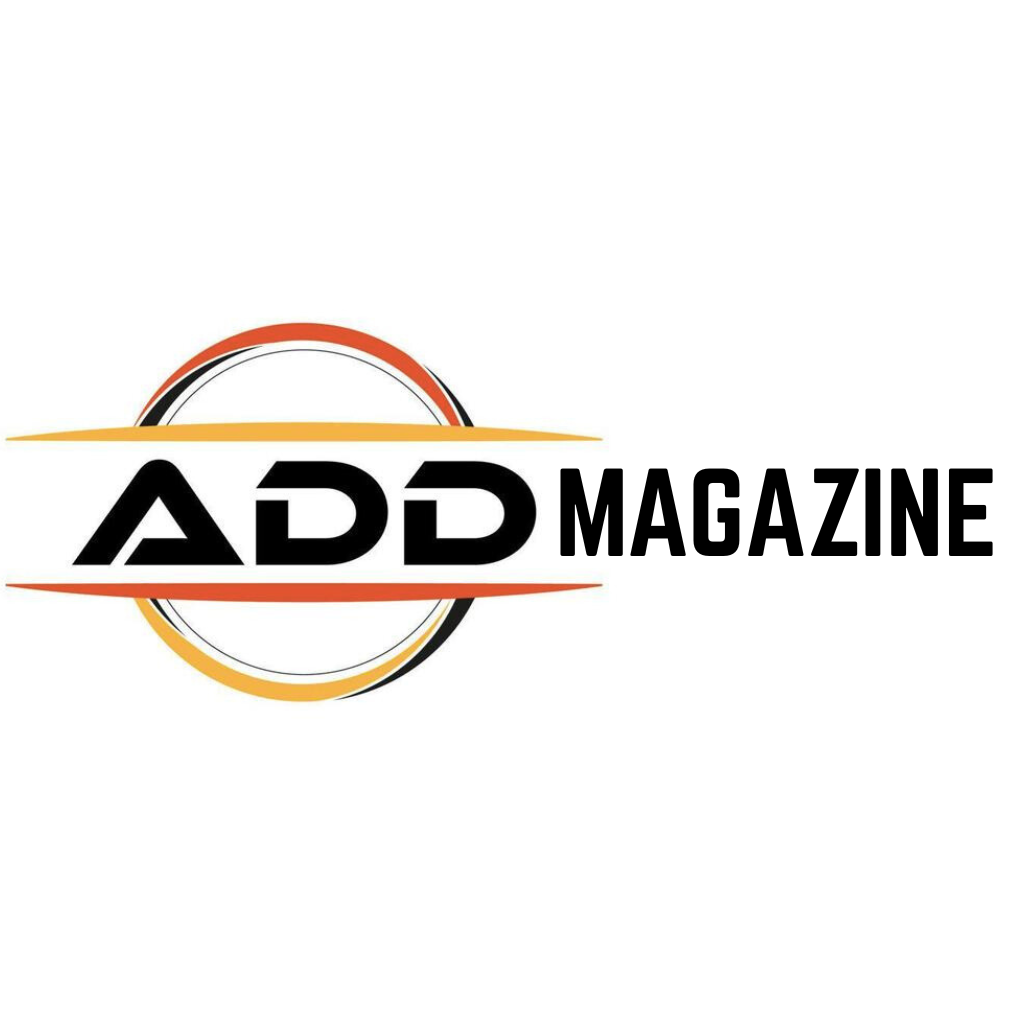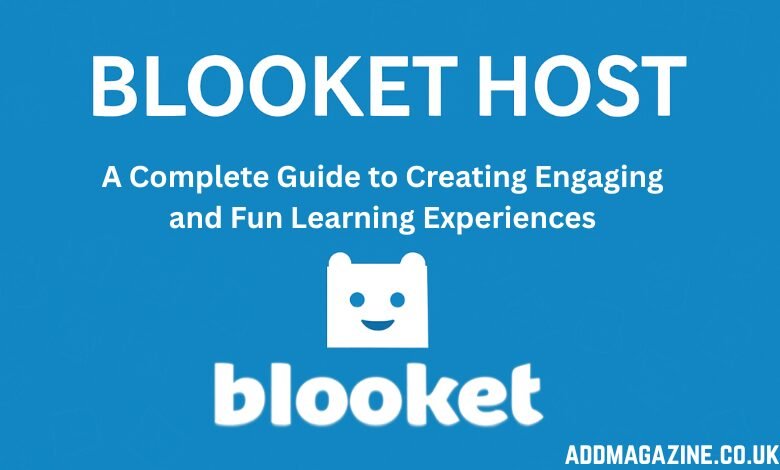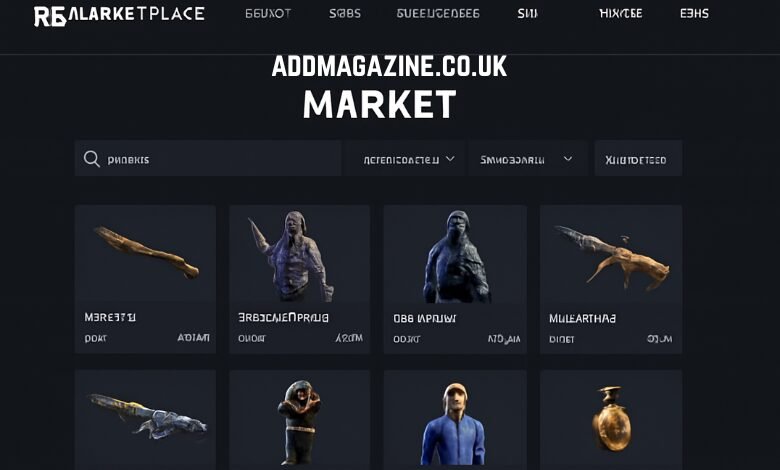Introduction
In the digital gaming era, “recharge” is known as the procedure of buying in-game currency, bounty items, or boosts to heighten gameplay. This could include purchasing coins for everyday dealings, gems for select skins, or power-ups that allow episodic advantages such as modified speed or damage. These acts have turned a base of advanced gaming, letting players speed up advancement, customize feels, and participate in limited-time events.
Recharge mechanics matter more than ever in today’s free-to-play (F2P) controlled pace. With live-service games such as Genshin Impact, PUBG Mobile, and Honkai: Star Rail swearing on current engagement, recharges aim to account for over 50% of mobile gaming profit, expected to reach $126 billion in the year 2025. They fill up player holding through seasonal contents and fight passes, although allowing studios with sustainable monetization amongst rising evolution costs.
Platforms, such as LootBar game recharge, represent this development. As a third-party top-up service, LootBar provides easy recharges for over 50 titles, getting around app store fees (adequate to 30%) for savings of 20-30%. Users enroll their user ID (UID), and crystals or diamonds get in bits through authorized channels, safe, fast, and worldwide.
Understanding Recharge Mechanics
Game savings have evolved dramatically from the straight levers of arcade times, such as putting in quarters for Super Mario Bros., to active systems in MMOs and combat royales. Early titles boasted easy coin collecting for lives or power-ups, but internet multiplayer brought out lasting currencies such as World of Warcraft’s gold, swapped on player-driven auction houses. Nowadays, hybrid examples intermix grindable resources with bounty recharges, making layered economies.
Coins exemplify common currencies: daily tokens for small upgrades, such as Free Fire diamonds for skins or EA FC coins for player bundles. Power-ups, even so, are increased boosts, part-time multipliers such as Genshin’s resin fills again or combat pass tiers that offer quick edges, oftentimes time-limited to prod urgency. Coins build up steady advancement; power-ups give up spikes for aggressive play.
Recharge systems are crucial for advancement (passing over grinds), retention (daily play rewards tied to packages), and monetization (95% of players are F2P; only “whales” aim to profit). They make feedback iterations: a $5 top-up unlocks a power-up, guiding to wins and more outlay. Poorly balanced arrangements risk a pay-to-win rebound; well-implemented ones, like those in Mobile Legends, hike lifetime value by 40%.
Key Trends Shaping Recharge Mechanics
- Speed and ease are overlooked in the year 2025 trends, with players asking for fast delivery amongst bundled schedules. Platforms straightaway process top-ups in sub-3 minutes through apps, backing up one-tap payments and auto-fill UIDs. LootBar illustrates this with efficient go-carts and customized coin inputs.
- Protection and trust are non-negotiable as cyber threats increase. Boasts such as UID-only confirmation (no passwords), support for authorized channels, and fraud supervision ensure zero bans across 10s of 1000s of Genshin orders. They prioritize encryption and offer 24/7 customer support.
- Globalization builds markets, with multi-region payment methods like Russia’s MIR, Japan’s konbini, and crypto alternatives enabling a smooth experience for 250 million Southeast Asian gamers. This charges the field for going forth into regions such as India (700 million players by the year 2025).
- Data-driven personalization cuts propose: AI dissects habits to force limited-time packages, like 20% off event promotions. Platforms cover behavior for active pricing, encouraging conversion by 25% although suggesting “just-right” bundles.
Implications for Players and Game Developers
Players should recharge wisely: equate value (crystals per dollar), leverage time for double-reward events, and bind to authentic platforms like LootBar for 20%+ savings. Adjust budgets to fend off impulse purchases, handle them as entertainment, not as investment funds. Dependability trumps small discounts; check feedback and try small first.
Developers, particularly indies, need essential design recharges that heighten, not exploit. Balanced F2P tracks and so cosmetics/power-ups are found as optional, aligning with center loops like geographic expedition in open-world RPGs. Over-monetization frets trust; Fortnite’s example, fun-first, fair hikes up holds back millions.
Tailor bundles to loops: every day coins for grinders, power-up packages for raiders. This keeps engagement high, with crystal-clear odds (e.g., gacha rates) that nurture loyalty.
Best Practices & Actionable Advice
- Build up center gameplay 1st: recharges inflate fun, not substitute it. Try out iterations pre-monetization; if unengaging, no package spares it.
- Transparency is primary: Point what’s purchased (for example, “6480 Crystals + 800 bonus”). No hidden charges or unclear “boosts.”
- Purchase analytics: Chase Recharge impact on DAU/ARPU, A/B test packages. Tools such as Unity Analytics show whether power-ups impede retention.
- For budgets, prioritize significant bonuses: Exclusive lore details over spam. High-value giants opt for bounty bundles; volume adds up from available coins.
Conclusion
Recharge mechanics in games have evolved significantly – from simple coin collection in Mario platformers to sophisticated power-up ecosystems in modern live service titles. What remains constant, however, is the core goal: balancing player value, trust, and convenience. Game recharge functionality platforms like LootBar demonstrate momentum: discounts, faster access, improved security, and a seamless experience are increasingly integrated.
Final takeaway: When thoughtfully designed, a recharge system is beneficial for everyone. Players enjoy the thrill of low cost and seamless access. Developers gain a sustainable model for ongoing engagement and monetization.




